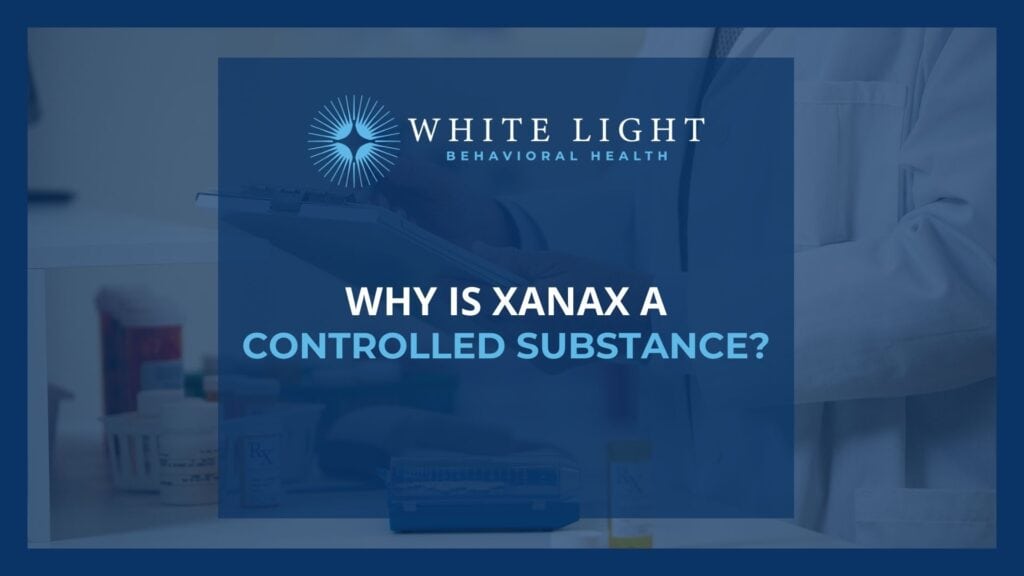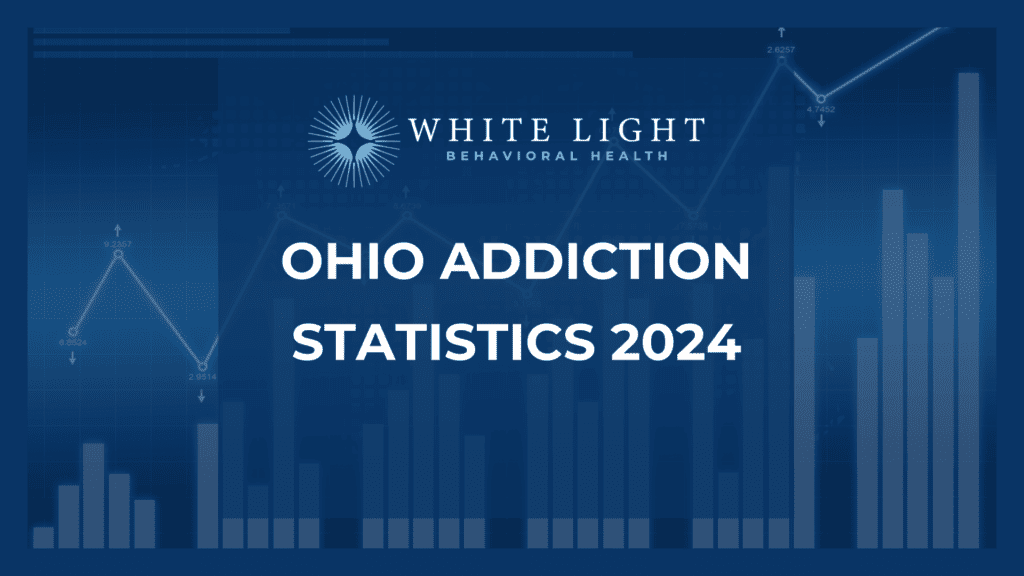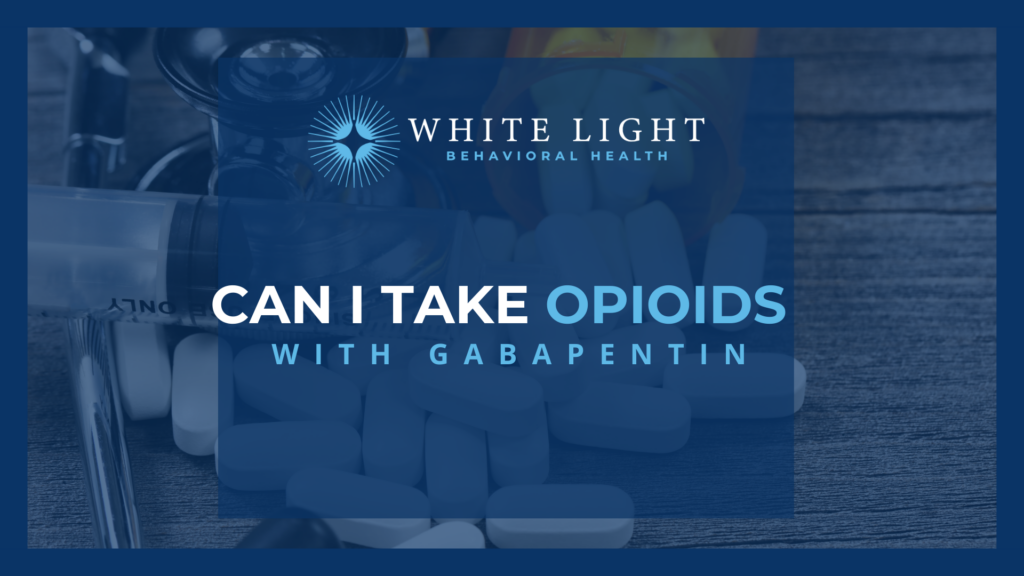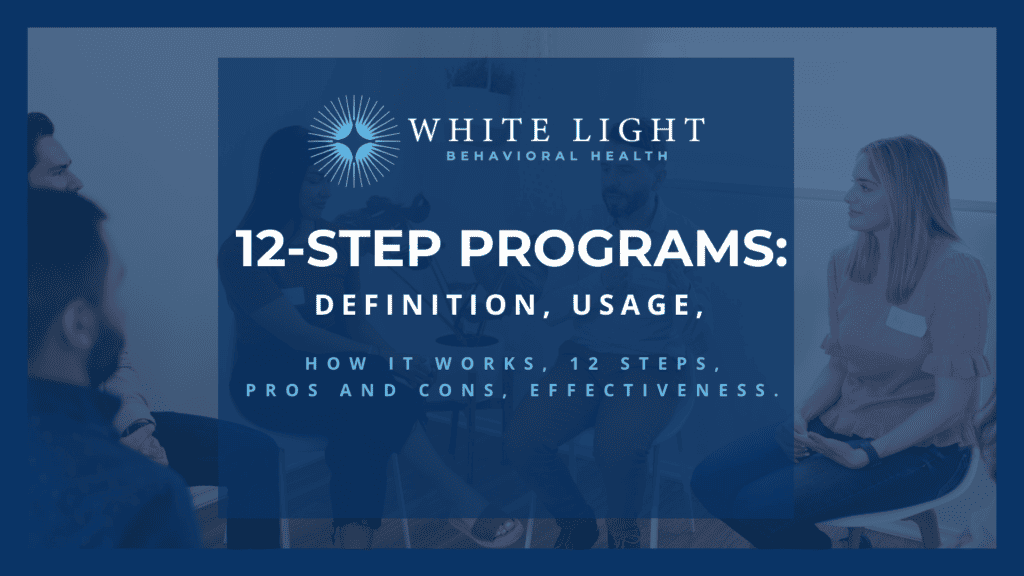Why Is Xanax a Controlled Substance?
Xanax is a benzodiazepine and is often prescribed to treat panic disorders, insomnia, and seizures. However, because of its depressant effects on the central nervous system, Xanax can be misused and can become addictive, which is why its prescription and use are closely regulated by the United States Drug Enforcement Agency or DEA.
What Is Xanax?
Xanax, known as alprazolam in its generic form, functions as a depressant for the central nervous system, just like other benzodiazepines, to soothe an overly stimulated nervous system.
In the eyes of federal law, Xanax is classified as a Schedule IV substance within the Controlled Substances Act. This classification indicates a recognized potential for misuse and dependency. It’s legally available via prescription from a licensed healthcare provider in the form of oral tablets imprinted with the name “Xanax,” coming in various colors and strengths.
What Is a Controlled Substance?
According to a study by Hernando J. Aro published in the National Library of Medicine, A controlled substance is a drug or other substance subject to strict government regulations because of its potential for misuse or addiction. These regulations encompass various aspects such as production, usage, handling, storage, and distribution. The list of controlled substances includes opioids, stimulants, hallucinogens, anabolic steroids, and depressants.
The Controlled Substances Act of 1970 was established to combat the illegal drug trade, unauthorized possession of narcotics, and the manufacturing of counterfeit drugs. While many controlled substances possess medical benefits and are legally prescribed, their usage without proper prescriptions is deemed illegal. The classification of controlled substances is divided into schedules. Xanax is a Schedule IV controlled substance. Some other Schedule IV drugs include:
- Carisoprodol (Soma)
- Clonazepam (Klonopin)
- Clorazepate (Tranxene)
- Diazepam (Valium)
- Lorazepam (Ativan)
- Midazolam
Prescription Drugs Versus Controlled Substances
Distinguishing between regulated and unregulated drugs can sometimes be challenging. Not all prescription medications are categorized as controlled substances. For instance, antibiotics require a prescription but are managed differently from drugs like alprazolam. Controlled substances are medications with the capacity to lead to dependence and addiction.
What Is Xanax Used for?
The Food and Drug Administration (FDA) sanctioned Xanax for short-term generalized anxiety and panic disorder treatment. Additionally, physicians may prescribe Xanax off-label to manage insomnia, seizure disorders, and depression.
So, why does Xanax stand out as the most frequently prescribed benzodiazepine? In 2019, outpatient pharmacies in the U.S. dispensed approximately 92 million benzodiazepine prescriptions, with 38% of these being prescriptions for alprazolam.
The misuse of Xanax includes consuming higher than prescribed dosages or using unconventional administration methods, taking another individual’s Xanax prescription, or ingesting it for uses other than those for which it is expressly prescribed.
How Does Xanax Work?
As per Nicole McDermott’s report published in Forbes, Xanax works by slowing down brain activity and relaxing the muscles. This effect is achieved by enhancing the impact of GABA, or gamma-aminobutyric acid, a key neurotransmitter responsible for calming and inhibitory functions in the brain.
Within our body’s complex communication system, neurotransmitters act as chemical messengers facilitating communication among neurons. Among these neurotransmitters, GABA stands out. Serving as the primary inhibitory neurotransmitter, GABA reduces the likelihood of neurons firing or transmitting chemical messages. This function of GABA contributes to various calming processes, including muscle relaxation, decreased brain activity, and sleep regulation.
Who Is at Risk for Xanax Addiction?
Several factors increase an individual’s likelihood of developing a Xanax addiction. These include:
- Personal or family history of addiction
- Genetic predisposition
- Psychological conditions, such as a history of anxiety, depression, post-traumatic stress disorder (PTSD), or other mental health disorders
- Social environment
- Easy access
- Lack of alternative coping mechanisms
- Peer pressure
It’s important to note that not everyone who uses Xanax will develop an addiction. However, understanding these risk factors can help individuals, healthcare providers, and families take proactive steps to prevent Xanax misuse and addiction.
Xanax Addiction Symptoms
If you’re facing challenges in your daily life caused by the compulsive usage of Xanax or other benzodiazepines, it is clinically termed as a sedative, a hypnotic, or an anxiolytic use disorder in the Diagnostic and Statistical Manual of Mental Disorders as per Harvard Medical School. To diagnose this disorder, clinicians refer to 11 specific criteria as outlined in the DSM-5:
- Taking Xanax or other benzodiazepines more frequently or for more extended periods than initially intended
- Experiencing a consistent desire to reduce or halt Xanax usage but unable to do so
- Devoting more time to obtaining, using, or recovering from Xanax consumption
- Feeling intense cravings or urges to use Xanax
- Neglecting responsibilities at home, school, or work due to recurrent Xanax use
- Persistently encountering social or relational problems caused or worsened by Xanax use yet continuing to use it
- Abandoning previously important activities or commitments because of Xanax consumption
- Engaging in Xanax use repeatedly in situations that could result in physical harm
- Using Xanax despite developing a physical or psychological problem related to its use
- Developing a tolerance to Xanax
- Undergoing withdrawal symptoms upon reducing Xanax usage or attempting to quit
An individual meeting two or more of these criteria within 12 months fulfills the diagnostic criteria for a sedative, a hypnotic, or an anxiolytic use disorder.
Xanax Withdrawal
Frequent use of Xanax can lead to the development of a physical dependence wherein the body becomes accustomed to the presence of the substance. When usage is abruptly halted or significantly reduced, withdrawal symptoms can emerge.
Stopping Xanax usage can be challenging and even hazardous. Avoiding these unpleasant withdrawal symptoms might contribute to an individual’s ongoing and compulsive Xanax use.
Withdrawal symptoms associated with Xanax include:
- Diarrhea
- Anxiety
- Muscle cramps
- Muscle twitching
- Weight loss
- Insomnia
- Seizures
- Impaired focus
- Alterations in the sense of smell
- Difficulty thinking clearly
- Prickling, burning, or tingling sensations in the hands, arms, legs, or feet
- Blurry vision
- Reduced appetite
Typically, dependence on Xanax leads to the onset of acute withdrawal symptoms within six to eight hours after discontinuation, reaching their peak around day two and lasting for four to five days. Specific withdrawal symptoms like depression, anxiety, and insomnia might endure beyond the acute withdrawal phase, persisting for weeks or months after stopping Xanax usage.
Xanax Addiction Treatments
Efficient treatment for Xanax addiction typically encompasses a range of interventions and may consist of education, medications, counseling, and behavioral therapies as per a study by Anna Smith Haghighi on April 29, 2022, published in Medical News Today. While treatment is personalized to suit the individual’s specific needs, there are several different treatment components that you might encounter at White Light Behavioral Health.
Detoxification
Given the potential for severe withdrawal symptoms, abruptly discontinuing or significantly reducing Xanax usage without medical guidance is not advisable. Under the supervision of trained professionals, a medically supervised detox enables a safe and comfortable process for the body to eliminate Xanax and other substances. Medications might be employed during supervised detox to reduce Xanax intake and mitigate withdrawal symptoms gradually.
However, it’s important to recognize that detox alone is often insufficient for sustaining long-term recovery from substance use disorders. Instead, detox is typically considered an initial step within a more comprehensive treatment plan. This comprehensive plan addresses the underlying thoughts, emotions, and behaviors contributing to addiction. It equips individuals with skills and strategies to manage triggers that could lead to drug use or relapse.
Inpatient Treatment
Inpatient, or residential, treatment provides around-the-clock care within a hospital or residential facility. Participants engage in educational sessions and individual and group counseling that employs behavioral therapies. This approach delves into the core of addiction, aiding individuals in understanding their addiction’s roots and acquiring coping mechanisms. These strategies assist in recognizing triggers, managing stressors, and preventing relapse.
Outpatient Treatment
Outpatient programs vary in intensity and time commitment. Treatment in outpatient settings resembles inpatient treatment but allows participants to return home or to a sober living environment at the end of each treatment session. Outpatient treatment is often the next step after a stay at a residential facility is complete.
Support Groups and Counseling
Conquering the challenges of Xanax addiction and misuse can be a difficult task when it’s attempted alone. Engaging in individual and group therapy sessions can play a pivotal role in preventing relapse into Xanax use and the potential shift of dependence on other depressants like alcohol. Seeking guidance from a seasoned therapist or connecting with peers grappling with similar struggles can streamline and facilitate your journey toward complete recovery.
Individual therapy sessions typically involve direct dialogues with your counselor. These sessions can take place in person or virtually, accommodating your accessibility. Throughout these therapeutic sessions, your counselor will employ evidence-backed techniques to guide you through your difficulties.
One of the prevalent therapeutic approaches employed in benzodiazepine addiction treatment is cognitive behavioral therapy (CBT). This approach delves into the underlying causes of substance use disorders (SUDs). Collaborating with your therapist during these sessions, you will craft constructive and secure coping mechanisms aimed at managing your challenges. Other therapeutic methods recommended by experts during Xanax addiction treatment encompass:
- 12-step facilitation
- Motivational enhancement therapy
- Family therapy
- Contingency management
Group therapy is integral to SUD treatment within numerous addiction treatment facilities. Skilled therapists lead these sessions, facilitating dynamic discussions among multiple individuals and fostering an environment of openness and support to share their experiences with SUD.
These group therapy sessions often extend beyond the confines of the addiction treatment center, allowing those in recovery to discover a sense of unity within support groups.
Aftercare
Achieving recovery from addiction is an enduring journey demanding daily dedication. As a result, numerous treatment facilities develop tailored post-treatment strategies for each individual following either outpatient or inpatient care. Aftercare constitutes an ongoing, individualized blueprint crafted to support maintaining a balanced lifestyle and preventing the risk of relapse.
Finding Help for Xanax Addiction
Getting help for Xanax addiction is essential; you’re not alone. Facilities across the country offer different levels of support. When you enter an addiction treatment program, you’ll work with a counselor to create a personalized plan that suits your needs.
White Light Behavioral Health provides diverse care programs to aid your recovery journey. If you or a loved one needs help with Xanax addiction in Ohio, contact us. Our team is here to answer your questions and guide you toward starting your recovery process.
How does Xanax work in the body?
Xanax, also known as alprazolam, is a benzodiazepine medication that affects the central nervous system by enhancing the effects of a neurotransmitter called gamma-aminobutyric acid (GABA). GABA helps calm the excessive electrical and chemical activity in the brain, which can lead to anxiety and other symptoms.
What are the potential side effects of taking Xanax?
While Xanax can effectively treat anxiety and panic disorders, it also carries potential side effects. Common side effects include drowsiness, dizziness, blurred vision, headache, and confusion. More serious side effects may include memory problems, mood changes, and risk of dependence or addiction.
How long does it take for Xanax to start working?
Xanax is typically fast-acting, with effects often felt within 15 to 30 minutes after ingestion. Peak concentrations in the bloodstream are usually reached within one to two hours. However, individual response times may vary based on factors such as dosage, metabolism, and whether the medication is taken with or without food.
Can Xanax Make Anxiety Worse?
While Xanax can initially relieve anxiety symptoms, long-term use or misuse can lead to paradoxical effects, where the medication may worsen anxiety over time. This can occur due to tolerance, dependence, and changes in brain chemistry associated with prolonged benzodiazepine use.
Is it safe to drink alcohol while taking Xanax?
Combining Xanax with alcohol can be dangerous and is generally not recommended. Both substances depress the central nervous system, leading to increased sedation, impaired coordination, and potentially life-threatening respiratory depression. Mixing Xanax with alcohol can also increase the risk of overdose.
Can Xanax be addictive?
Yes, Xanax has a high potential for dependence and addiction, especially when used over an extended period or in higher doses than prescribed. Abruptly stopping Xanax after prolonged use can lead to withdrawal symptoms such as rebound anxiety, insomnia, tremors, and seizures. It’s important to follow a doctor’s instructions closely when using Xanax to minimize the risk of dependence.
How does Xanax compare to other medications for anxiety?
Xanax belongs to a class of medications called benzodiazepines, which also include drugs like Valium and Ativan. While benzodiazepines can provide rapid relief of anxiety symptoms, they are generally prescribed for short-term use due to their potential for dependence and tolerance. Other medications, such as selective serotonin reuptake inhibitors (SSRIs) and serotonin-norepinephrine reuptake inhibitors (SNRIs), are often preferred for long-term anxiety management.
Can Xanax be used to treat conditions other than anxiety?
In addition to anxiety disorders, Xanax may be prescribed for other conditions, such as panic disorder, certain types of depression, and insomnia. However, its use for these conditions is typically limited to short-term management due to the risk of dependence and tolerance.
Can Xanax Induce Anger or Aggression?
Xanax has the potential to affect mood and behavior, and in some cases, it may lead to feelings of irritability, agitation, or aggression, especially when the medication is misused or taken in high doses. Understanding the potential psychological effects of Xanax is important for both patients and healthcare providers to monitor and address any concerning changes in behavior.

Share This Post



